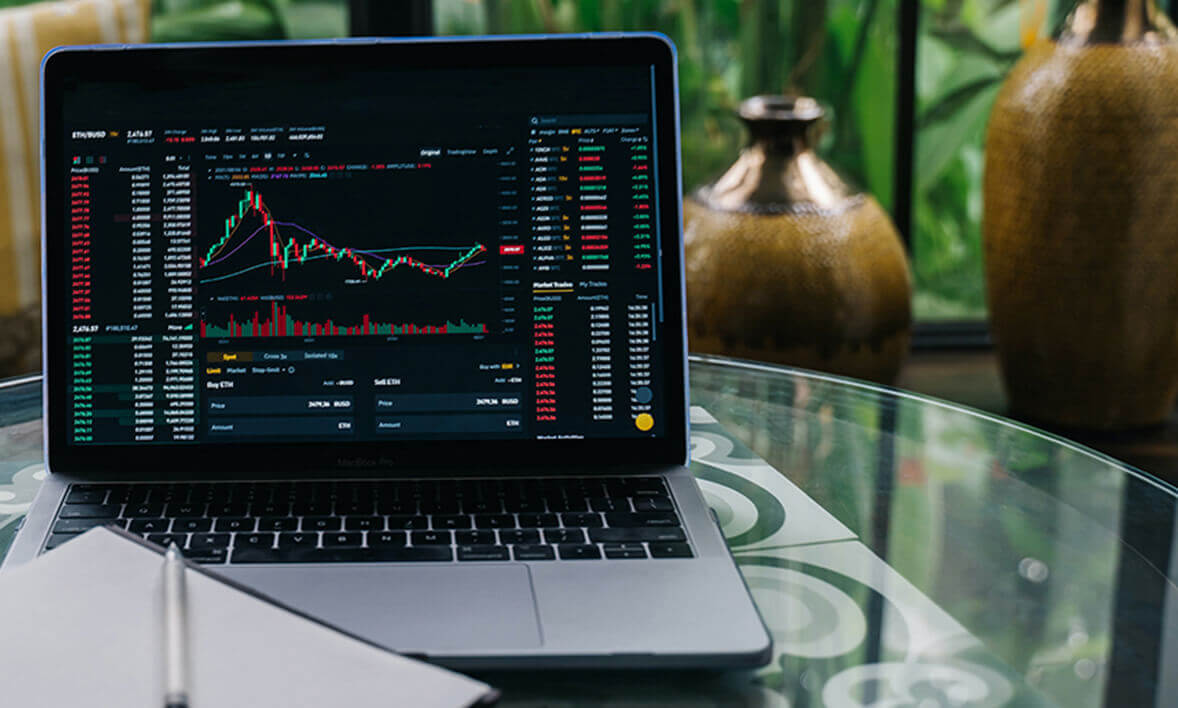The Bond Market's Dirty Secret
Why Interest Rates Hold All the Power
Every financial instrument has key factors that impact its “Investability”. A bond investor needs to know the relationship between interest rates and inflation.
Bonds are fixed-income securities that are issued by companies, banks, non-banking financial companies, gold loan companies, municipal corporations, special purpose vehicles, and governments to raise capital.
They are generally considered safe investment vehicles, as they provide a fixed stream of income in the form of interest payments.
However, changes in interest rates and inflation can have a significant impact on the prices and yields of bonds, and it is important for investors to understand these relationships to make informed investment decisions.

Joined at the hip
Interest rates and inflation are joined at the hip, as changes in one can directly impact the other.
When interest rates rise, bond prices usually fall, and when interest rates fall, bond prices tend to rise. This is because bonds pay a fixed rate of interest, and a rise in interest rates means that issuance of new bond issues will be at a higher rate of interest than existing bonds.
As a result, existing bonds become less attractive to investors and their prices fall.
On the other hand, when interest rates fall, investors chase older bonds because their higher rates would be higher than the ones that will get issued hereon. This makes existing bonds more attractive to investors.
Inflation monster
The late Sam Ewing, a US writer and humourist, explained inflation succinctly and simply. He said, “ Inflation is when you pay fifteen dollars for the ten-dollar haircut you used to get for five dollars when you had hair.”
In essence, inflation refers to the general rise in prices of goods and services. This rise in prices can erode the value of a bond's fixed stream of income over time.
As prices rise, the purchasing power of the interest payments decreases, making the bond less valuable to investors. Moreover, if inflation is expected to be high in the future, investors may demand a higher rate of return on their investments compensate for the eroding value of the bond's income.
As expectations tend to be self-fulfilling the inevitable comes through and bond yields rise to because inflation is expected to be high.
This hits “real returns”, or how much you earn from an investment after taking inflation into account.

Inflation insurance
One way to protect against the impact of inflation on bonds is to invest in inflation-linked bonds, also known as inflation-protected bonds. Inflation-indexed bonds—also called inflation-linked bonds—offer one way to mitigate rising prices, since the returns of these fixed-income securities are adjusted to account for inflation
These types of bonds are designed to protect investors from the effects of inflation by adjusting the interest rate and principal value of the bond to match changes in the inflation rate. This means that the bond's income will increase with inflation, making it a more attractive investment option for those concerned about inflation.
In India, the Reserve Bank of India has issued Inflation Indexed National Saving Securities – Cumulative, which offer 1.5 percentage points more interest rate than the prevailing Consumer Price Index.
In summary, interest rates and inflation are important factors to consider when investing in bonds. Changes in interest rates can directly impact bond prices, and inflation can erode the value of a bond's fixed stream of income over time. Inflation-linked bonds can protect against the effects of inflation, and the creditworthiness of the issuer should also be taken into account when making investment decisions.
Liked what you read? Share this article with your followers.
Sign up and follow us on and to get the best stories on Investments, Strategies, Tools, Ideas & Insights to help you Grow and Conserve your wealth.

